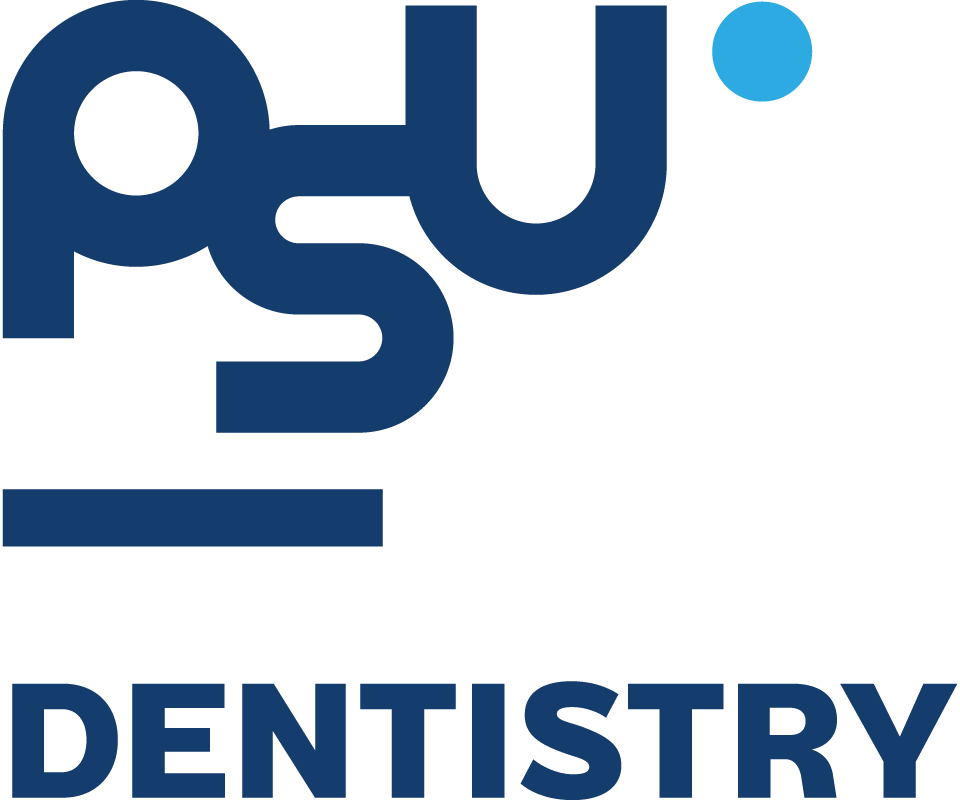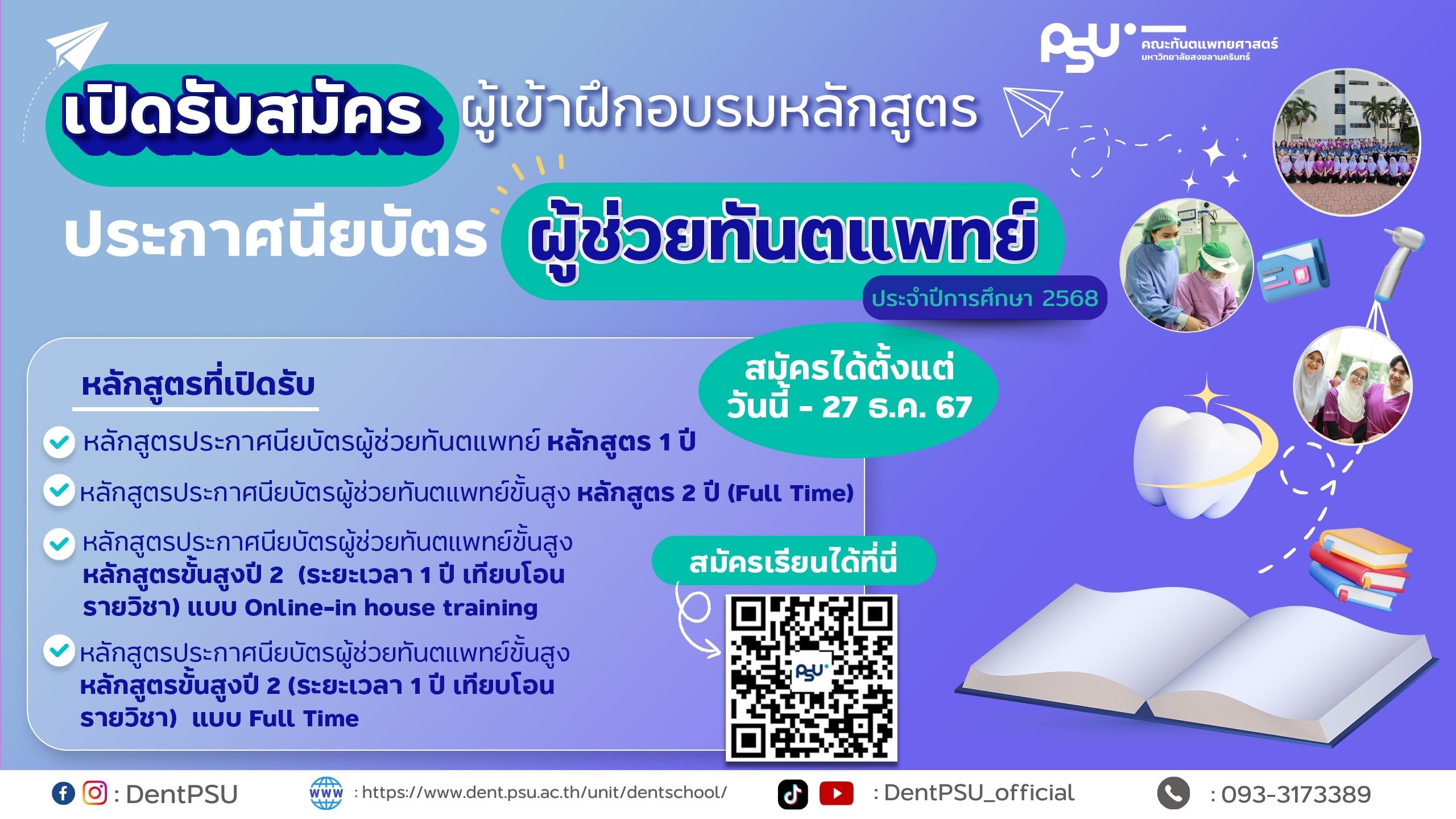39
Anniversary
The Faculty of Dentistry
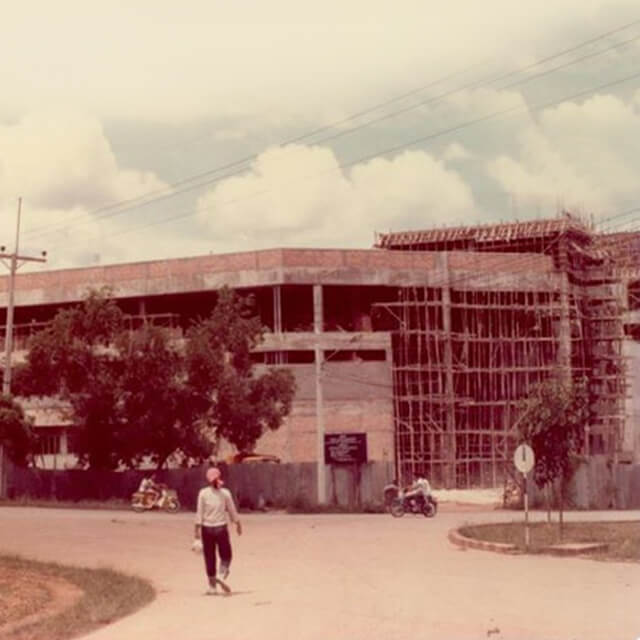
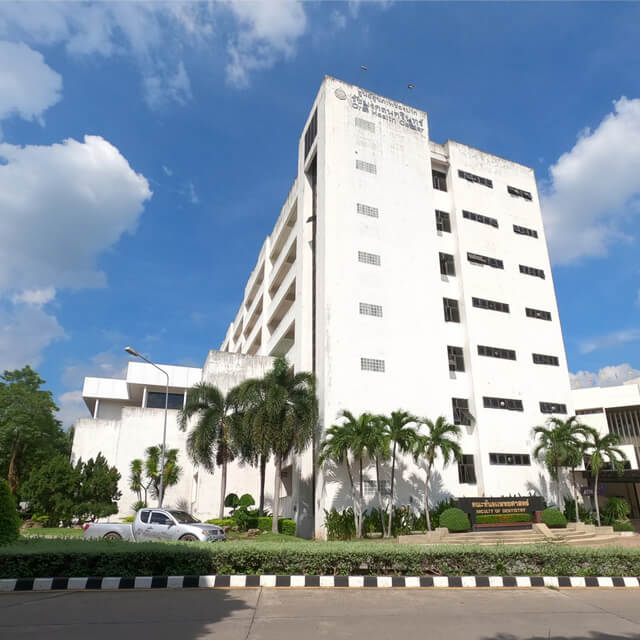
39 YEARS of benefiting mankind
The Faculty of Dentistry, Prince pf Songkla University (PSU) was established on 10 November 1983 in response to the government’s expansion policy of dentists to rural communities in the South. Presently, the Faculty of Dentistry, PSU produces undergraduates, graduates and dental certificate personnel by teaching both theory and practice focusing on the actual students so that the students are able to learn by themselves from the latest education media under the supervision of qualified and knowledgable lecturers in the different subjects and research.
Moreover, the Faculty is also a centre for providing dental service to the South where the dental hospital is both a centre of dental research and technology development as well as a place of practice for students. The Faculty of Dentistry has set up a remote community mobile dental clinic under the University’s Royal Patronage Unit and the mobile dental clinic unit of the dental hospital to go out and serve the underprivileged in distant areas where it is difficult to access dentists etc
At present, the Faculty of Dentistry has progressed significantly from the original intentions to produce dentists in response to the need in Southern communities, to provide for the people of the entire country including expanding its academic roles to international standards more.
Department Subjects
Faculty of Dentistry
comprises of 6 responsible Departments as follows:
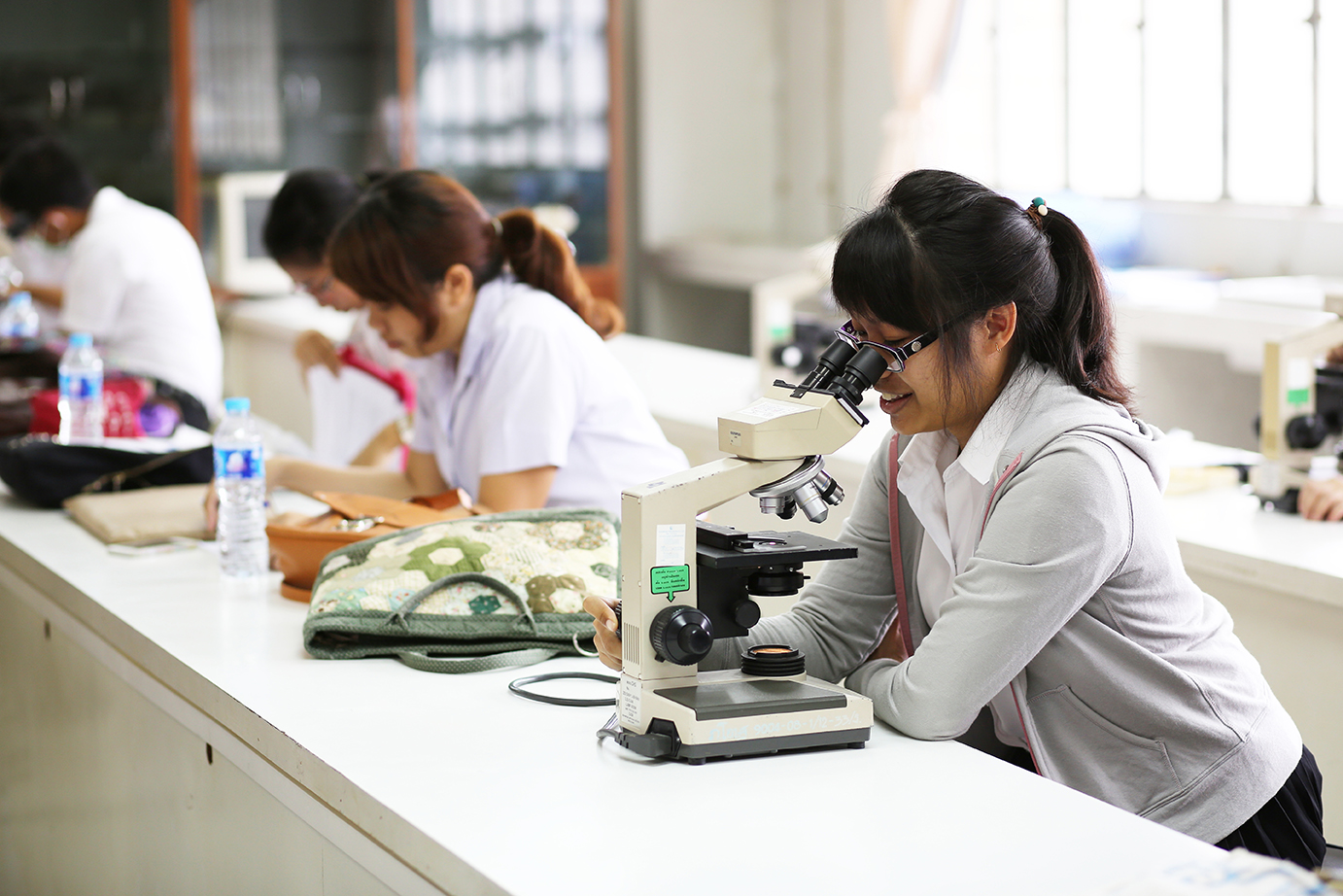
1. The Department of Oral Biology and Occlusion
Organises teaching about oral biology from its initial origins to the development of the teeth and the organs inside the jaw bone, jaw structures, its duty, its relationship to oral diseases and its relevance to the clinical treatment of all the teeth and oral structures. It focuses on the details of the processes of chewing emphasising on the form, characteristics and each tooth, and the structures’ individual function in relation to mastication and bite alignment. Other than this, the department is responsible to teach about biological statistics and dental research processes to further knowledge and understanding, and to be able to present statistics and research in one’s future dental occupation.

2. The Department of Prosthetic Dentistry
Organises teaching, research and treating patients using different types of dentures, and making different maxillofacial prosthesis by studying the methods of examining, recording patient records, characterising oral anatomy, techniques for making denture moulds, and ways to align unaligned teeth so that a suitable treatment plan can be formulated for a prosthetic denture placement by practicing first in a lab and a clinic for repairs, teeth preparation and affixing both removable and semi-permanent dentures including solving different denture application problems.
Apart from this, the department is responsible for teaching and research regarding dental equipment such as dental materials and different types of dental instruments by studying the qualifications, type or model, and the benefits of the material including how to use and store them, and how to develop different technology.

3. The Department of Preventive Dentistry
Organises teaching for students to have a philosophical perspective in dentistry and prevention focusing on dental treatment of the patients under convictions and principles of promoting health and prevention of disease. The work is divided into 3 sections in the department:
3.1 The Section of Community Dentistry
To organise teaching emphasising on students being able to process basic oral knowledge for society and relevant anthropology integrated with other academic public health subjects so they can apply it to search for other important oral problems in society including methods to systematically solve the problems and accurately evaluate it so that they can choose supporting dental methods and conservative dentistry in solving oral health problems in patients and society by using scientific knowledge and understanding basic science, expert clinical knowledge integrated with appropriate social and behavioural science knowledge. Apart from this, other practical experience and knowledge for students includes practicing in communities and schools.
3.2 The Section of Orthodontics
Organises teaching focusing on students being able to critically assess malocclusion and jawbone structure irregularities including understanding the causes behind such irregularities for the benefits of preventing and preserving the process steps in cases where the irregularity is not severe, and where the case is severe, able to refer it correctly.
3.3 The Section of Pediatric Dentistry
Organises teaching focusing on taking care of oral health correctly from a young child’s age, which is important as it will lead to providing good oral health for all citizens in society. Processing knowledge about developing the physical, the mind, and the mandibular jaw bone area and the face including relevant pathologies are important for planning appropriate dental prevention and correct treatment.
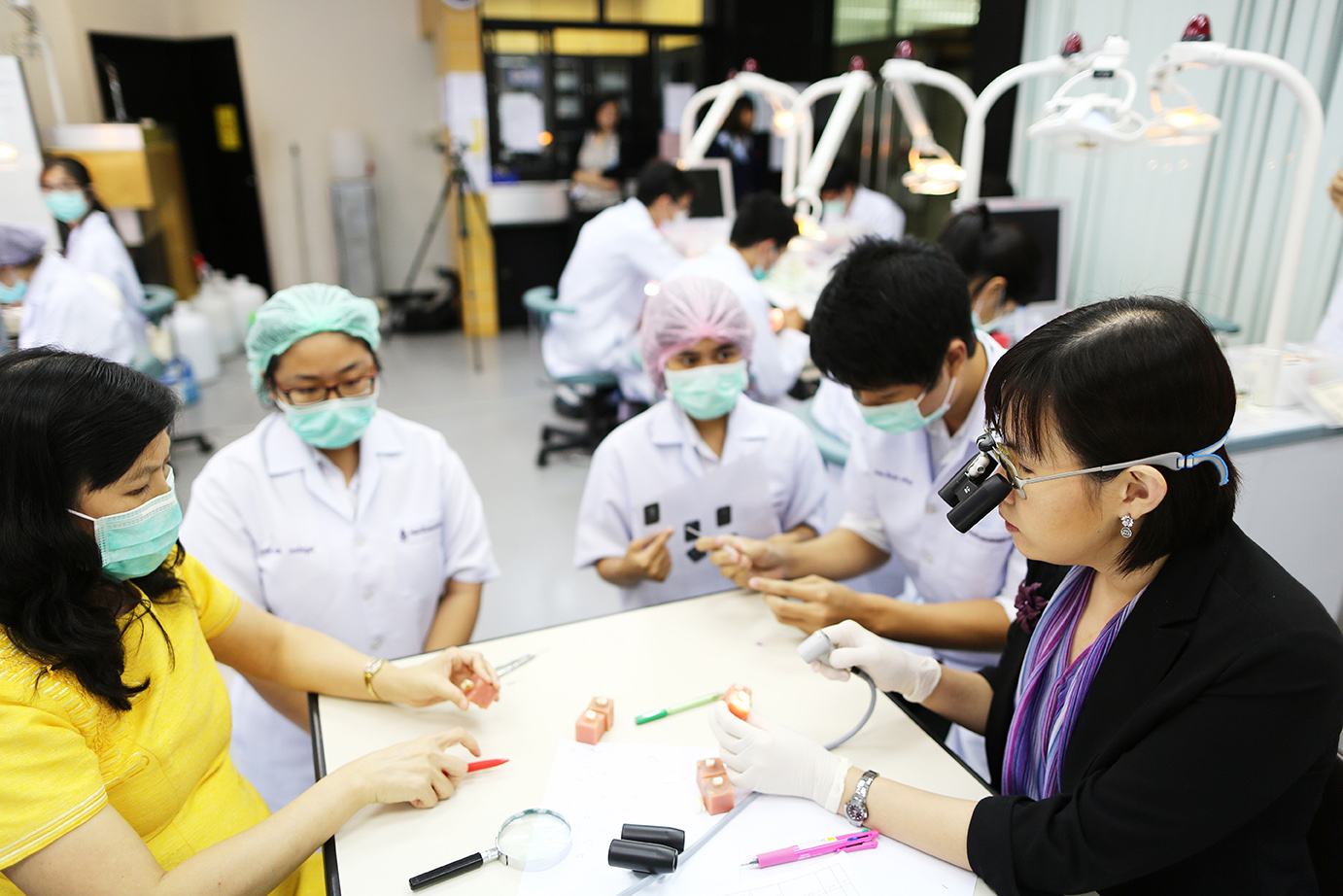
4. The Department of Conservative Dentistry
Organises teaching, research and service for the restoration of living teeth, dead teeth, and lost teeth including helping gum periodontitis remain as natural as possible and able to function normally, which includes the students working in the labs and clinics to treat patients with fillings, root canal treatment, fitting fixed dentures, and treating gum disease with different methods.
The work is divided into 4 sections in the department as follows:
4.1 The Section of Operative Dentistry
Organises teaching focusing on restoring teeth naturally, which includes analysis, prevention and treating lesions of natural teeth where the lesions may be due to decay, wear from different causes, and tooth irregularities including discoloured and chipped teeth.
4.2 The Section of Endodontics
Organises teaching focusing on students being able to critically assess the pulp and flesh, and the different types of membrane at the end of the roots, and being able to treat it correctly in accord with the academic principles.
4.3 The Section of Crown and Bridge
Organises teaching that focuses on students learning the scope of the work about crowns and bridges, the different instruments and appliances, the relevant dental materials, and learn the steps for crown and bridge work in the lab and clinic, in which the students must diagnose, plan treatment plans, and provide crown and bridge treatment to patients.
4.4 The Section of Periodontology
Organises teaching that focuses on students being able to diagnose the different types of periodontology including being able to provide correct treatment methods to benefit preventing and treating periodontal disease, which is a major problem in Thai people’s oral health.

5. The Department of Oral and Maxillofacial Surgery
Organises teaching about relevant research and treatment regarding oral surgery with the objectives that students can check, diagnose, plan, and provide oral surgery treatment. For example, tooth extraction, wisdom teeth operations, root canal treatment, dealing with teeth and jaw accidents, treating oral and facial diseases including understanding how to treat painful facial issues, treating cysts and tumours of the jaw bone region, operating and repairing bite alignment and jaw bone discrepancies from birth or accident, operations inserting false teeth and dental implants, etc. Apart from that, it is responsible for teaching geriatric dentistry subjects, general surgery, and anaesthesiology for dental students.

6. The Department of Oral Biology
Organises teaching, service and research about different oral diseases, the relevant organs when analysing a disease, using x-rays with different methods in the lab for accompanying drug treatments.
The work is divided into 4 sections in the department as follows:
6.1 The Section of Oral Pathology
Organises teaching about general principles of pathology, systems and oral pathology by focusing on the causes, reasons and mechanisms of origins of the disease, changes in levels of cells and tissue, microbial infection and basic immunology, systematic and oral disease and their relationship, the pathological nature seen by the naked eye and by microscope, and the relationship between its pathological nature and clinical characteristics.
6.2 The Section of Oral Microbiology
Organises teaching about the basics and mechanisms of oral microbial infection, physical responses, inspecting sensitivity of the medicine towards the disease, preventing the spread of infection, methods that don’t cause infection in dentistry, and methodology in sending specimens including interpreting lab results.
6.3 Section of Oral and Maxillofacial Radiology
Organises teaching that focuses on students gaining knowledge and understanding about dental radiology, the jawbone, and relevant organs in the mouth from the basics of radiation, the biological effects, the dangers of x-rays and preventative methods, the processes of radiography, different radiography methods for the facial region, and the role of radiographs in analysing diseases.
6.4 Section of Oral Medicine
Organises teaching focusing on students’ knowledge and ability in oral examinations, radiographic examinations and labs, giving analysis and treating different oral lesions, giving emergency dental rehabilitation, and dental care for patients with systematic diseases as well.
